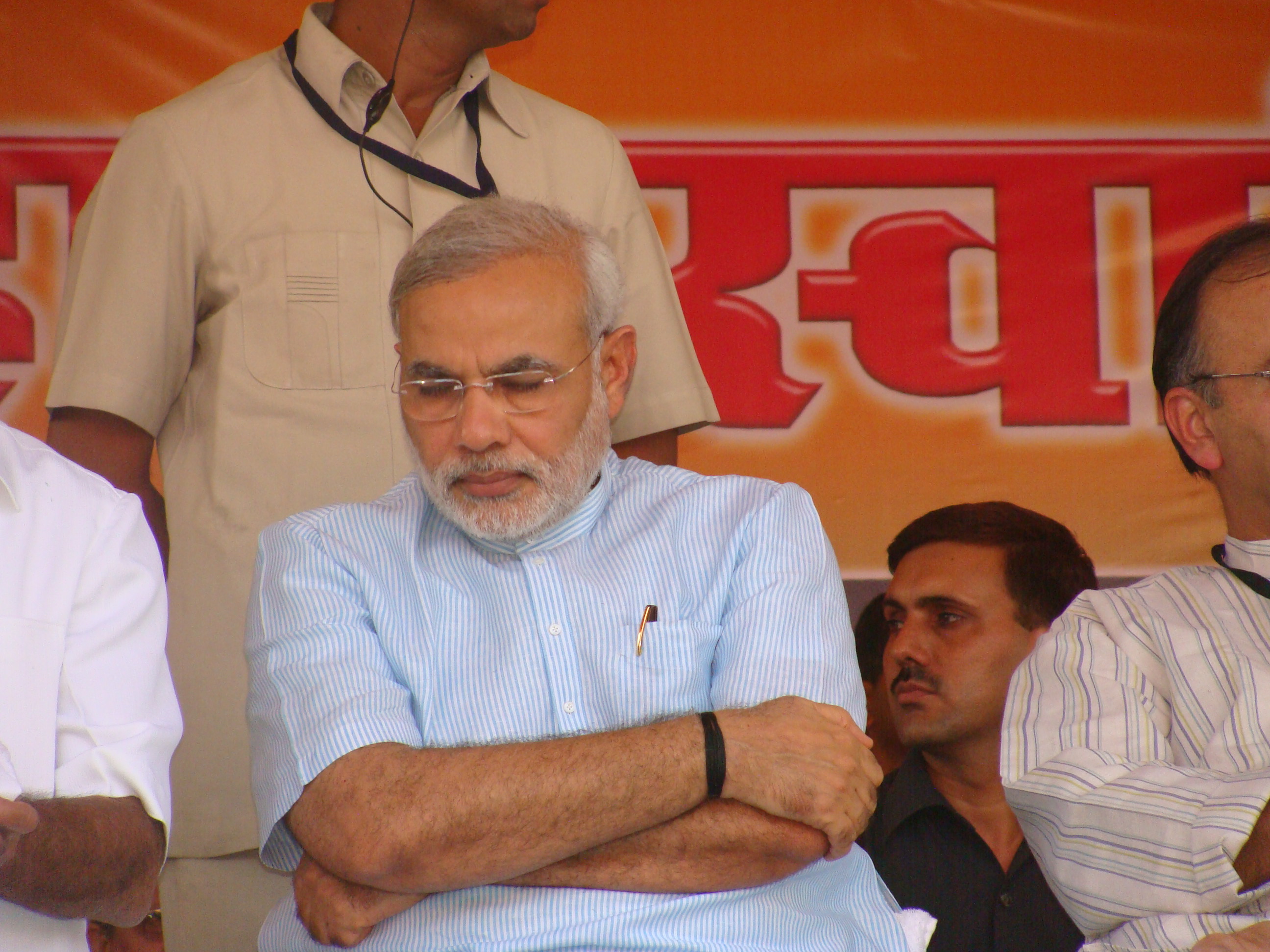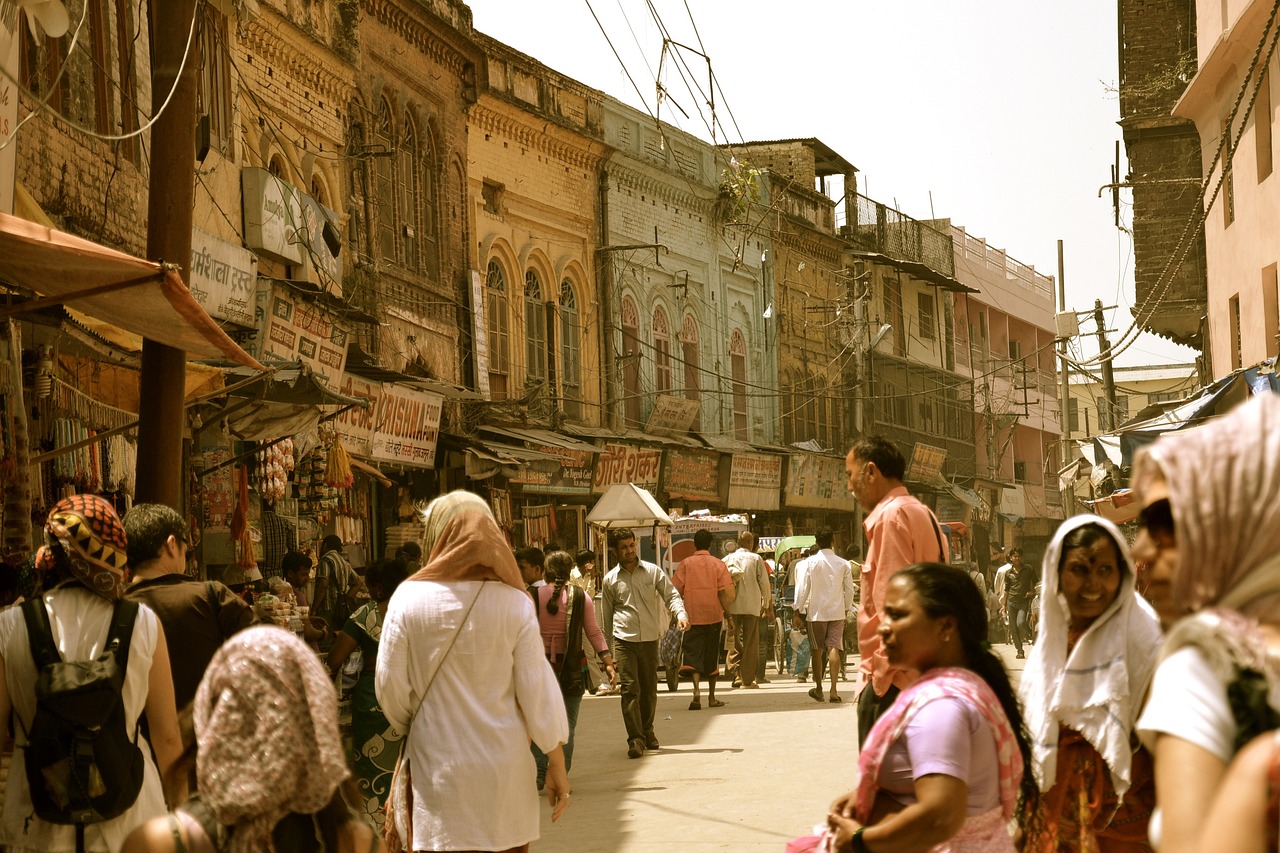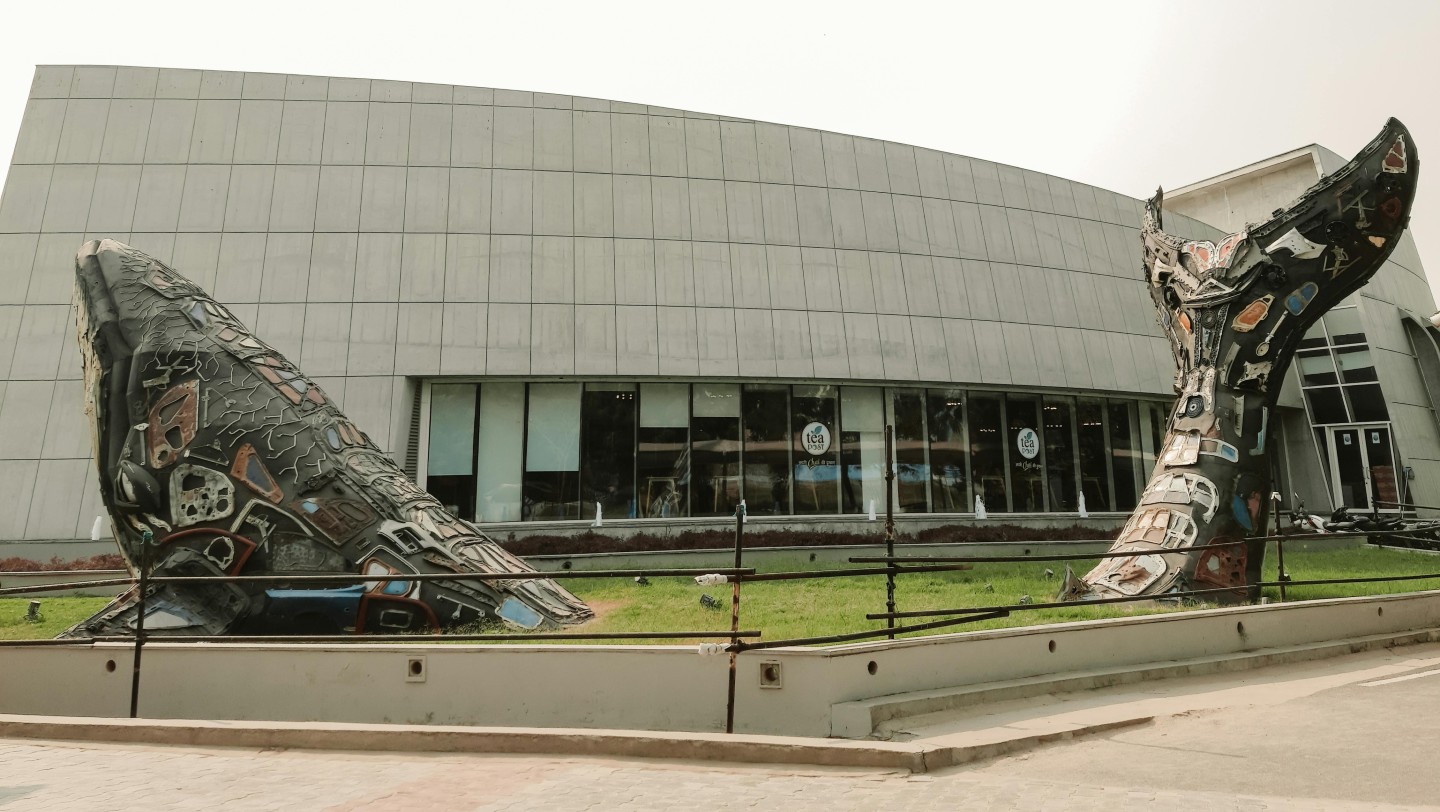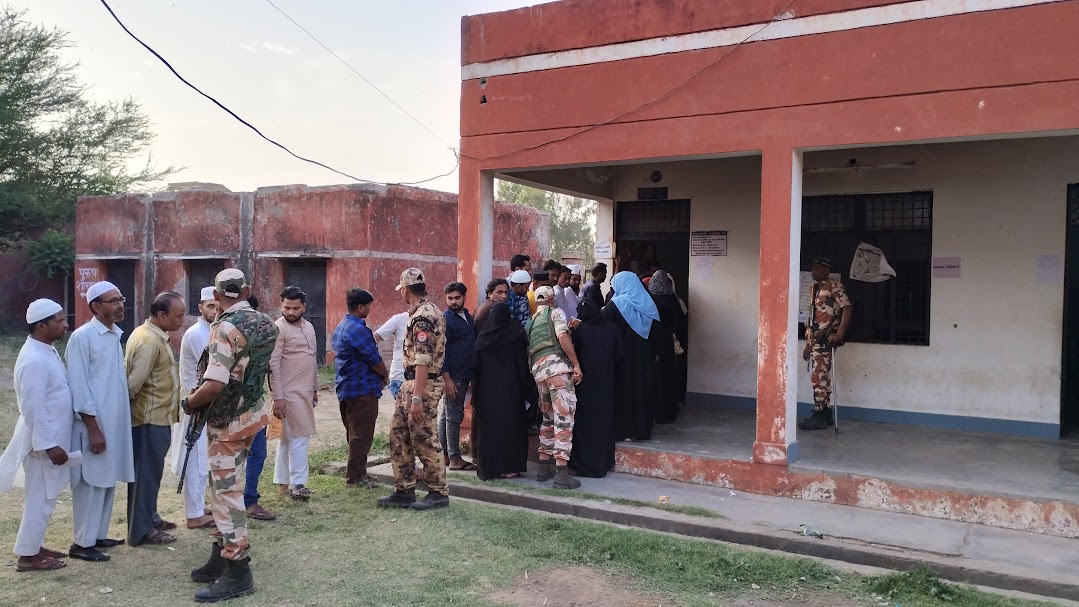India's dominance in cricket has made the IPL and upcoming World Cup central to the sport. However, as cricket grows, so does potential political interference.
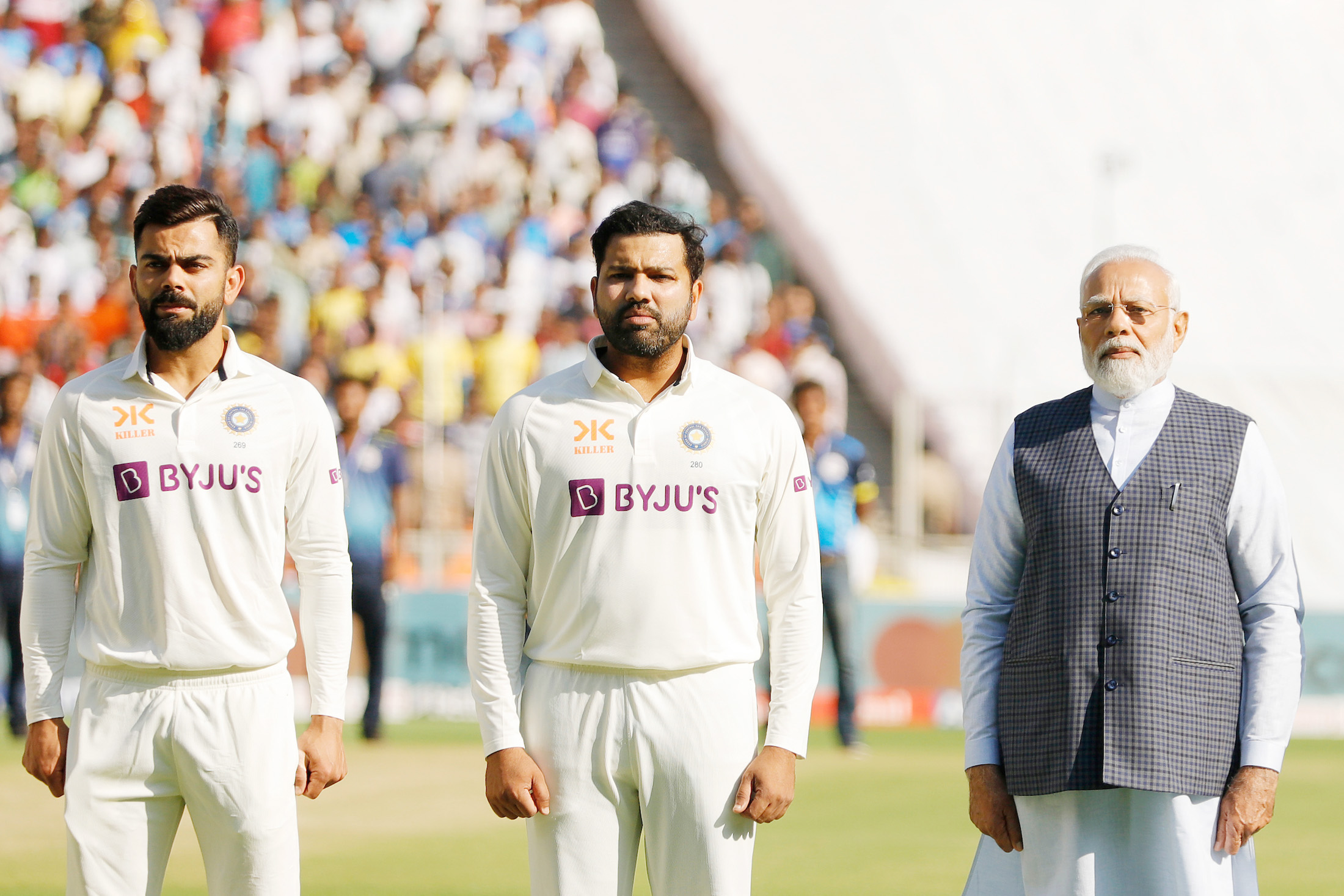 Narendra Modi stands alongside Virat Kohli and Rohit Sharma during the India vs Australia 4th Test match at Narendra Modi Stadium at Ahemdabad, in Gujarat on March 09, 2023. : By Prime Minister’s Office GODL-India
Narendra Modi stands alongside Virat Kohli and Rohit Sharma during the India vs Australia 4th Test match at Narendra Modi Stadium at Ahemdabad, in Gujarat on March 09, 2023. : By Prime Minister’s Office GODL-India
India’s dominance in cricket has made the IPL and upcoming World Cup central to the sport. However, as cricket grows, so does potential political interference.
In early May, amid the simmering heat of India’s general elections and record-breaking summer temperatures across the country, Prime Minister Narendra Modi leveraged one of India’s great loves with what many say is one of his worst instincts.
Modi used India’s great love of cricket to bait communal tensions along religious lines for political gain.
This time, the cocktail of discontent was delivered on a cricket field in Dhar, a city in the central state of Madhya Pradesh. Modi spun a story that claimed the major opposition party, the Indian National Congress, if voted in to power, would decide the composition of the national cricket team on the basis of religion.
Modi’s perceived dog-whistle pandered to the rampant Islamophobia that is carefully nurtured among his voters as seen in recent attacks across India.
The people of Madhya Pradesh had already witnessed the Congress Party promise an Indian Premier League (IPL) franchise for the state last year during the campaign in the local assembly election.
Cricket tends to go cap-in-hand with politics in India and recent events point to yet another new entanglement.
Ahead of the 2024 election, the Indian Supreme Court ended the electoral bonds funding scheme. This allowed individuals and businesses to donate to political parties anonymously and without limit.
In scrapping the scheme, in the wash up it was brought to light about the curious case of Chennai Super Kings Cricket Ltd, the owner of the Chennai-based IPL franchise.
The Kings are five-time champions of the IPL and home to one of Indian cricket’s favourite sons M.S Dhoni, alongside a host of international stars over the years.
In April 2019, CSK donated Rs 5 crore (around $USD600,000) to the political party All India Dravida Munnetra Kazhagam which was part of the BJP-led National Democratic Alliance (NDA) for the 2019 general election.
Yet another reminder in India is that where politics goes, so will cricket.
From its colonial origins to modern times, Indian cricket has carried the influence and power that politicians crave. It is not unusual to see political leaders take over the running of the game in India, whether it is through a direct role at the Board of Control for Cricket in India (BCCI) or through proxy figures.
However, the rise of the Bharatiya Janata Party (BJP) as a supreme force in Indian politics provoked a stronger imbalance in the relationship between the executive and the autonomous institutions that are supposed to offer checks and balances in a democratic society. A tendency to declaw opposition and establish unquestionable control marked this shift, which seeped into all corners of India’s cultural life.
This change can be seen in the promotion of a Hindu nationalist agenda in Hindi cinema.
But cricket, with its immense cultural hold on the Indian public, was always ripe ground for an institutional takeover that could be hitched to the Hindu nationalist agenda.
Three major trends encapsulate the ongoing phase in the relationship between Indian cricket and politics.
First, a nepotistic drive to appoint family and friends in positions of power across the BCCI and the state bodies. For instance, BCCI secretary Jay Shah is the son of the Minister for Home Affairs and PM Modi’s trusted lieutenant Amit Shah.
Second, the promotion of cricket as a site for national and cultural contestation through jingoistic messaging, and the aligning of Indian teams’ fortunes with narratives of “New India“.
And, finally, the reconstruction of cricket history by renaming stadiums and the shift of the power centre to Gujarat, Modi’s home state.
It is a measure of India’s control over international cricket that Jay Shah is also the head of the Asian Cricket Council. The sports minister in the Modi government, Anurag Thakur, was also the president of the BCCI between 2016-17 while his younger brother Arun Dhumal is the current chairman of the IPL which dominates the global cricketing calendar and coffers.
T20 franchise cricket in India is a welcoming home to the friends of the Modi regime.
One of the major capitalist allies of the BJP, the Mukesh Ambani-owned Reliance group, owns a team in the IPL (Mumbai Indians) while Adani Sportsline, part of the Adani conglomerate, successfully bid for the Gujarat Giants in the Women’s Premier League (WPL).
A recent report by journalist Sharda Ugra for the 2024 Wisden Almanack revealed that the BCCI had failed in its attempt to force a switch of kit colours for India’s match against Pakistan in Ahmedabad at last year’s 50-over World Cup. Instead of the usual blue, it was suggested an orange kit should be worn for that match. .
Orange was said to be chosen since it has come to be identified as the colour of Hindutva (Hindu nationalism). The colour used interchangeably with saffron (bhagwa), it is sported by BJP party workers and Hindutva followers — its appeal is enhanced in their eyes due to its historical connection with Brahminical priests and temples.
Despite the kit change failure, the Narendra Modi Stadium in Ahmedabad did not lack nationalist tension that day. From the DJ blaring Hindutva Pop tunes to the heckling of the plucky, aggressive Pakistani cricketer Mohammad Rizwan by Indian fans with a Hindu nationalist chant, the India-Pakistan match cemented the multitude of ways in which Indian cricket is now influenced by the cultural politics of Hindu nationalism.
The westward power shift in Indian cricket is also on.
Historically, Mumbai enjoyed an outsized influence over the sport, but its supremacy was never hitched to a certain political formation. The rise of the Gujarat bloc in Indian politics is epitomised by the BJP’s Modi-Shah combo.
Cricket in Gujarat has been a huge beneficiary of their largesse since the state men’s side has won the domestic cricket tournament in each format of the game over the past decade.
Ahmedabad has become the de facto home of Indian cricket. As the biggest cricket arena in the world with a capacity of 132,000, the Narendra Modi Stadium hosted the opening and the final match of the 2023 ODI World Cup, not to forget the marquee India-Pakistan match.
It has also hosted a welcome event for the then President of the United States, Donald Trump, while Australian Prime Minister Anthony Albanese was driven around the stadium ahead of the first test between India and Australia in 2023.
The renaming of the stadium after Prime Minister Modi was unusual since most venues in India take their name from politicians or rich patrons after they die.
The drive to reshape cricket venues is not limited to Gujarat as the stadium in Delhi was also renamed after former finance minister (and Delhi District Cricket Association chief) Arun Jaitley in 2019, not long after he died.
This tendency to claim cricket venues under the name of BJP politicians is symptomatic of a wider trend that has seen the Modi regime take an obsessive interest in renaming roads and other sites that bear Islamic names with Hindu nationalist icons.
Irrespective of how the election results turn out on June 4, Indian cricket will bear the scars of the Hindu nationalist regime for some time to come.
Priyansh is a doctoral candidate in Physical Cultural Studies at the University of Toronto. His research examines capitalism and the state-led organisation of sport in India.
Originally published under Creative Commons by 360info™.






